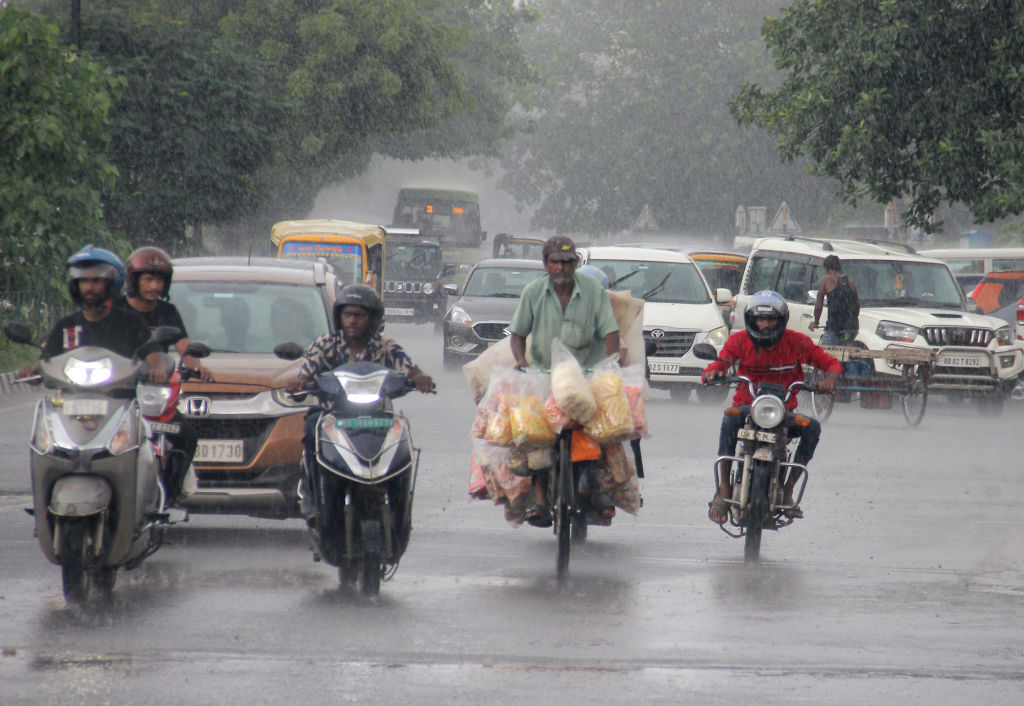India is set to receive monsoon rainfall that is above the average as a La Nina weather pattern forms in August and September, India Meteorological Department (IMD) said on Thursday, promising to boost farm output and growth in Asia’s third-biggest economy.
The lifeblood of a nearly $ 3.5 trillion economy, the annual monsoon brings almost 70% of the rain India needs to water farms and replenish reservoirs and aquifers.
Without irrigation, nearly half the farmland in the world’s second-biggest producer of rice, wheat and sugar depends on the rains that usually run from June to September.
A La Nina weather pattern is likely to develop by the end of August or early September, bringing higher rainfall, said Mrutyunjay Mohapatra, director-general of the IMD.
“We are moving towards a La Nina weather condition and its impact is becoming visible,” he told an online press conference. “La Nina will play a role in increased rainfall activity in September.”
In August, he added, the country is likely to receive average rainfall, ranging between 94% and 106% of a figure weathermen describe as the long-period average.
However, rainfall could be below average in August in a few areas in eastern, northeastern, central, and southern regions, he said.
Areas growing cotton, soybean, pulses and sugarcane in the western state of Maharashtra and neighboring Gujarat are likely to get less rainfall than average in August, he said.
India received 9% more rainfall than average in July as the monsoon covered the entire country ahead of schedule.
Torrential rain in the north killed at least 10 people, officials said on Thursday, after landslides following heavy rain killed at least 178 in the southern state of Kerala this week.
Summer rains usually begin in the south around June 1 before spreading nationwide by July 8, allowing farmers to plant crops such as rice, cotton, soybeans and sugarcane.
Farmers have expanded the area under most crops since July’s abundant rainfall everywhere except in some eastern rice-growing states, a Mumbai-based dealer with a global trading house said.
“Eastern states desperately need good rains in the next few weeks, or their paddy output will decline,” he said.
The world’s biggest exporter of rice, India put curbs on overseas shipments in 2023 to rein in domestic prices of the staple.
(Reuters)




















